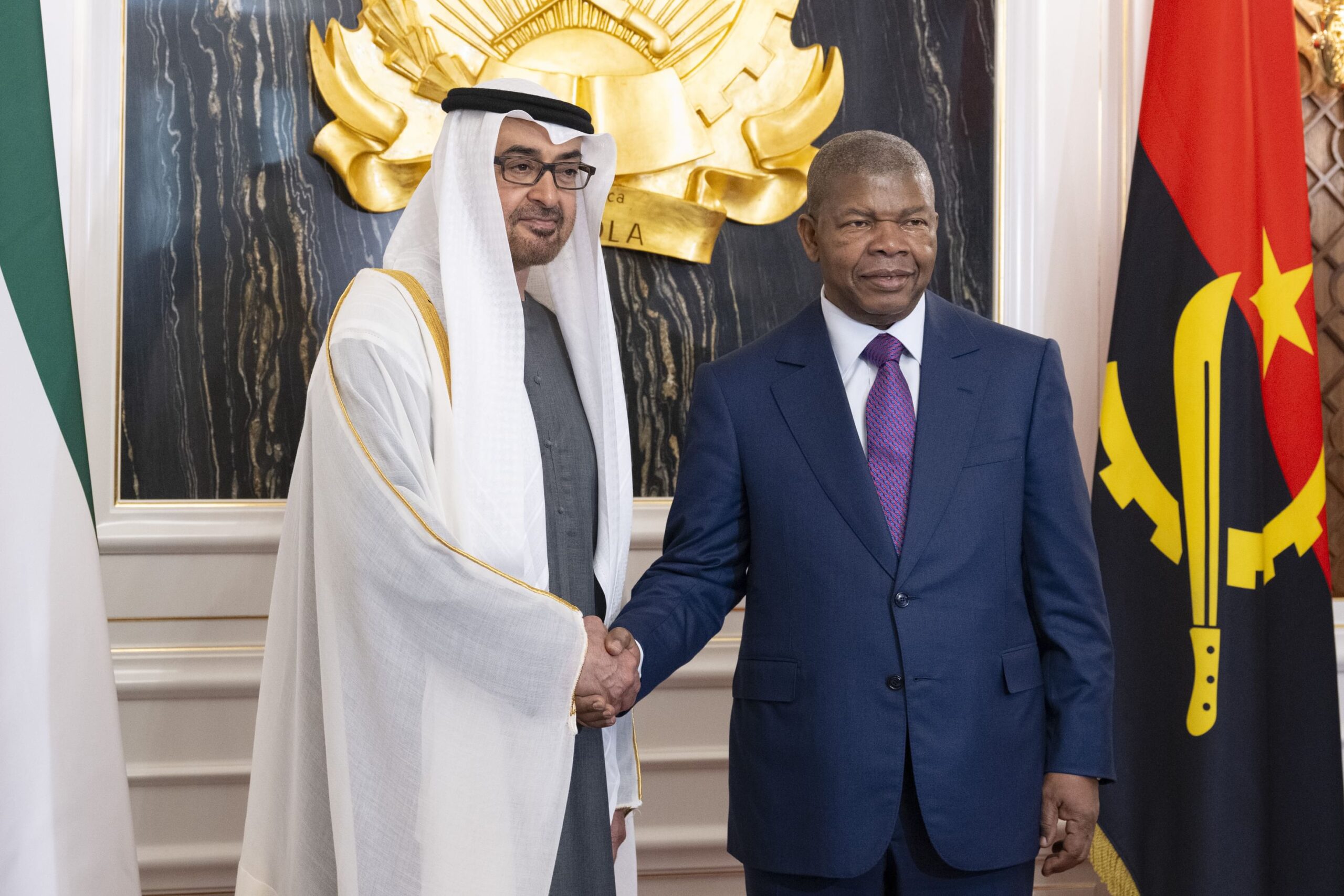Angola and UAE align for regional growth and trade
The UAE and Angola deepen strategic ties by aligning investment, infrastructure and trade corridors, creating a Gulf-Africa growth axis. With multi-billion-dollar agreements the partnership offers a model for infrastructure capital and regional integration.

Angola and the United Arab Emirates (UAE) are reaffirming a strategic bilateral partnership anchored in shared investment, infrastructure and regional-growth ambitions. With recent announcements of multi-billion-dollar deals spanning energy, ports, agriculture and logistics, the collaboration between the Gulf petro-state and Africa’s second-largest crude-exporter signals more than diplomatic goodwill—it signals the outsourcing of capital and infrastructure pathways from Middle East to Africa. For Africa’s institutional-capital ecosystem, this offers a blueprint of trans-regional investment corridors driven by mutually reinforcing interests.
The mechanism behind the partnership is investment leverage. The UAE brings financing capacity, logistics networks, sovereign-wealth-fund discipline, and Middle-East/Africa trade-corridors. Angola contributes natural-resources wealth, port access (especially along the west coast), and a renewed economic-diversification agenda as it moves beyond oil. Together, they create a platform where capital, infrastructure and human-capital flows interlink across sectors. The recent frameworks include ports (with UAE terminal operators), energy-transition assets (solar, green hydrogen), agribusiness and logistics ancillary services. The result: the creation of a Gulf–Africa growth corridor where investment flows bypass traditional Western channels and follow regional value-chain logic.
Macro-structurally, this has multiple implications. For Angola, attracting Gulf capital helps reduce dependence on Chinese or Western financing, provides alternative market access and supports its debt-restructuring trajectory. For the UAE, Africa becomes a high-return destination aligned with the energy-transition roadmap, food-security strategy, and trade-diversification agenda. The bilateral ties also strengthen regional integration: West Africa’s ports, a diversified trade hub linking Gulf flows to Africa’s hinterland, and the expansion of logistical ecosystems.
For institutional investors, what’s important is the scalable model. Sovereign-wealth or development-finance flows from Gulf capitals, blended with private-capital and local co-investment, can be pre-structured through bilateral frameworks (e.g., MoUs, investment deals, CEPA agreements). For example, Abu Dhabi’s infrastructure-developers partner with Angola’s ports and logistics chains. The risk profile improves when roles are clearly delineated, governance frameworks strengthened and revenue-streams anchored in hard assets (ports, terminals, infrastructure concessions).
Of course, execution risks remain. Angola’s institutional capacity, currency volatility, regulatory uncertainty, and sector-specific execution risk (especially in infrastructure) must be managed. Gulf capital is sophisticated, but friction will arise if governance, local-content rules or fiscal policy drift. For investors, due-diligence must assess whether project pipelines are credible, leadership stable and returns well-structured.
Forward-looking metrics include: volume of Gulf capital committed into Angolan investment vehicles, growth in new joint-venture infrastructure projects, improvement in Angola’s logistic-cost metrics (port-throughput time, export volume), and regional trade volumes between Gulf and Africa (via Angola transit). If these increase materially over the next 18–24 months, the corridor thesis will shift from narrative to investible reality.
The UAE-Angola partnership is more than an equity investment—it is a strategic infrastructure-investment alliance, marking a pivot in Africa’s connectivity and capital flows. For institutional stakeholders, the message is clear: Gulf-Africa corridors can drive frontier-market infrastructure returns if scaled, structured and governed properly.





